
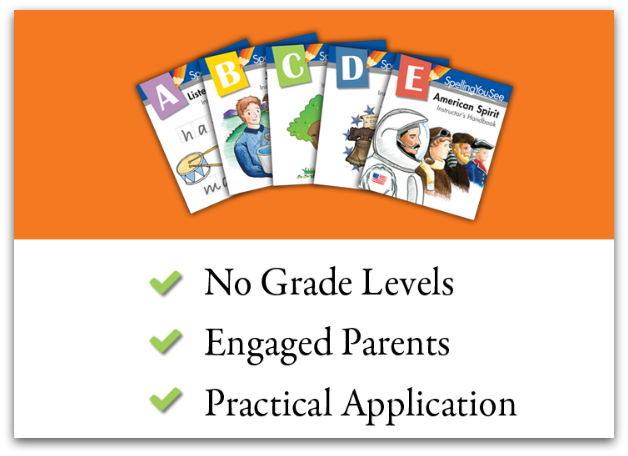
- Stage I: Preliterate
- Stage II: Phonetic
- Stage III: Skill Development
- Stage IV: Word Extension
- Stage V: Derivational Constancy
In order to find out what level your child needs to start with you can check out the Readiness Guidelines. Amelia is in the Phonetic stage which extends from Listen and Write to the first part of Jack and Jill (which is level B). When I chose the level for Tabitha I needed to heed the advice given by Spelling You See. It is important to remember that a child's reading ability is usually higher than their spelling ability. While Tabitha can read at a 2nd grade level she would not be ready for more advanced spelling instruction.
One of the things that intrigued me about Spelling You See is that there is copywork and dictation, which were two of the things I liked when I was researching Charlotte Mason's philosophy. The children are not learning to spell by attempting to memorize spelling lists like I remember doing in school. They are actually engaged with passages of writing, which they analyze with "chunking," use for copying and finally write out while the parent dictates it to them. In Wild Tales the passages start out as nursery rhymes, like they are in Jack and Jill. But by the time the child is in Lesson 8 they are reading and writing passages about animals.
While we were waiting to receive our physical product in the mail, we were fortunate to be able to get started with the provided PDF files. (Note: these PDF files are not available for purchase, they were provided to TOS Crew Members to facilitate our reviews.)
Though it was great to be able to print out the lessons, Tabitha was thrilled when her books arrived in the mail. We received the Instructor's Handbook, and the Student Packet which consists of two Student Workbooks (Part 1 and Part 2) and a pack of Erasable colored pencils, which are used for the chunking exercises. The only additional supply your child will need is a regular pencil.
Each day of the week the child and parent are to do the chunking. What exactly is chunking? Well, in words, there are different letter combinations that we are to be looking at each lesson. According to the glossary found in the instructor's handbook, a chunk is "a particular letter pattern that occurs frequently in English and which may not have a predictable sound." The instructions list what we are to be focusing on in bold lettering and there is a color-coordinated box on the page listing all the chunks that could be found in the passage. We may be looking at Vowel Chunks, Consonant Chunks, Bossy r Chunks, Tricky y Guy, or Silent Letters. As the child advances to the later lessons, Endings will also be included and there may be Overlapping Chunks.
Tabitha seemed to balk a bit at the thought of doing the chunking every single day. So, we decided to make a challenge out of it. I would time her to see if she could find and mark them faster than the day before.
These chunks are marked in the instructor's handbook, which was very helpful in making sure we didn't miss any or mark letter combinations that are not considered chunks. For example, the blends fl and st would not be highlighted because they "keep their distinct sounds."
Tabitha then works on the second part of the daily lesson. On Monday, Tuesday, and Wednesday there is copywork of a portion of the passage. The child is not supposed to work for more than 10 minutes a day on their lesson. These short lesson times also fit with a Charlotte Mason philosophy. Unless Tabitha is in "pout" mode, she is usually able to finish the passages in the given time. Thursday is a no-rule day. The child can choose to write some of the passage, illustrate it or even write and illustrate their own related story. And Friday is Dictation day.
Here is a look at each day of a week's lessons:
Day 1
Day 2
Day 3
Day 4
Day 5
If you noticed above, the copy work days have them repeating part of the earlier day's passage each day, so if your child does not finish on a particular day they will have the opportunity to write the passage later on.
I wanted to share part of the last lesson to show how things will progress. Notice the child will have to find multiple chunks and the passage is longer.
They also have suggested words to use to write their sentences on no-rule day.
When I first started the lessons with Tabitha I hadn't read all of the information in the Instructor's Handbook, so we weren't doing the dictation quite right. The dictation is not to be used as a test, but as a way for the child to gain confidence and begin to visualize the correct spellings.
Tabitha tends to fight doing her work, but when she actually sits down to do it, she does a great job and really seems to enjoy her lessons, especially the no-rule days where she can create her own story and illustration. I have noticed that she will still struggle with the words that she is supposed to have been focusing on with the chunking. As I said, I completely missed the instructions that say the child can ask for help and the parent should be discussing tricky spellings as we go.
We also had the opportunity to review Listen and Write (Level A). Included in this package was the Instructor's Handbook, Student Workbook, the Sticker Pack and the Guide to Handwriting. Once again, the only thing we needed to supply was a pencil.
In this beginner level, Amelia is focusing on several letters and sounds each day, along with blending sounds together to create phonetic words. The daily lists begin with simple C-V-C words and work up to 5 letter words with blends by the end of the 36 weeks.
Amelia is to write the letter while saying the sound it makes. I only require her to trace once and write two letters as long as they are neat. Then we work on the words at the bottom of the page. She is to say the sound as she writes the letter and then say the completed word. This beginning section was actually a bit too easy for her as she has already shown that she can write C-V-C words.
Later she still has letter writing practice. However, now the words are not written there for her to copy. I need to dictate the words to her.
I think that Spelling You See is a great curriculum for learning to spell. The children get to see the words and analyze them, getting them into their memory. In the later levels they get to see the words in action, in the sentences, as opposed to in a list down the page. I love the use of dictation and copywork. Those factors, along with the short lessons will help this to fit in well with a Charlotte Mason philosophy.
I do want to mention that the letter formation is a little different for some letters, with an added curve in the bottom of some letters like t and l. In order to stay consistent I have told the girls to just use their regular handwriting. Funnily enough, Tabitha seems to not be hindered at all by it. She has been choosing to write her letters in the "fancier" font. I did mention my concern about Tabitha struggling with the spelling even after chunking the words and writing them for 3 days during the week. Now that I have gone back over the Instructor Handbook I think we can work on that. I may stop the timing part for now to make sure she is not zinging through to get it done. And I will make sure to help her along with the dictation instead of using it more of a test.
Spelling You See: Listen and Write (Level A) can be purchased for $20 for the Student Pack and $14 for the Instructor's Handbook.
Spelling You See: Wild Tales (Level C) can be purchased for $30 for the Student Pack and $14 for the Instructor's Handbook.
The Student Packs in the other levels are all $30 and the Instructor Handbooks range from $14 to $16 dollars.
You can find out more at the Spelling You See website. You can also find Spelling You See on Facebook and Twitter.
Don't forget to stop by to read more reviews and discover what my fellow Crew mates think of Spelling You See. We had the choice of the 5 levels: Listen and Write, Jack and Jill, Wild Tales, Americana, or American Spirit.
































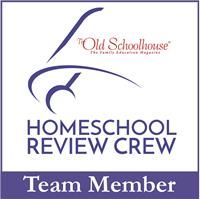














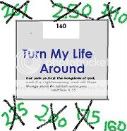
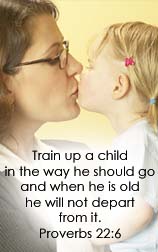



![[PREMIO2009.png]](https://blogger.googleusercontent.com/img/b/R29vZ2xl/AVvXsEjXD_Gx-wZ9EM5hXKrEYLksEBkYfRQtmb8VDVTDG_yyLggQoFIstZsh4zszdG20KqErZicRzEhiNYLty7j3IMXJYsABqkXjr8pp-ncj71xCbpxlXGbGpZq2fTuDQqq1RMKV4DPcDBnBViA/s1600/PREMIO2009.png)
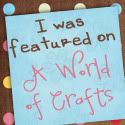
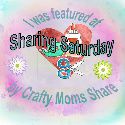


I am so excited to see "inside" this set; it is one that I keep looking at. I have a middle school student that is struggling to spell and thought that while it might be a bit basic it might be good to go back to the beginning.
ReplyDelete